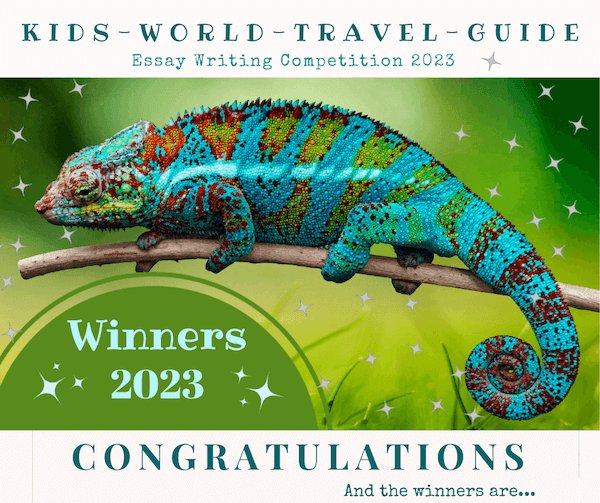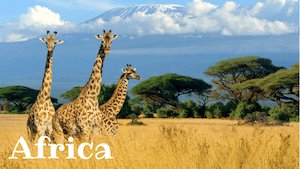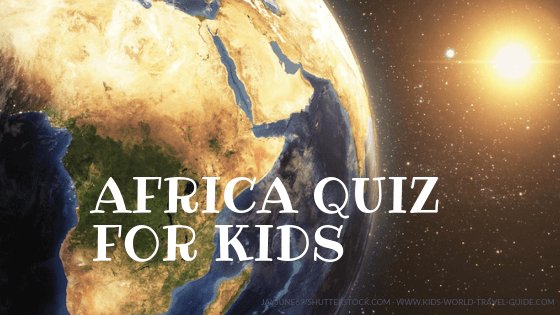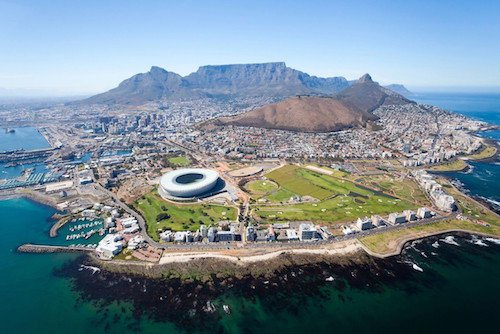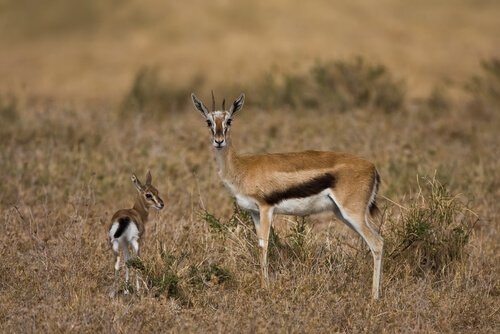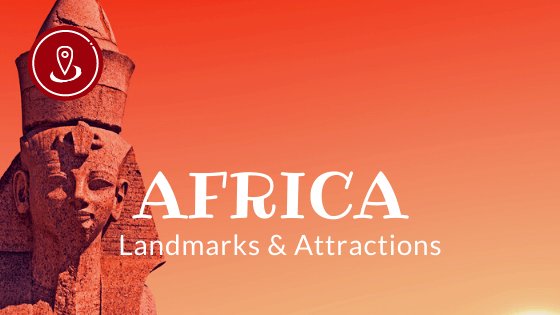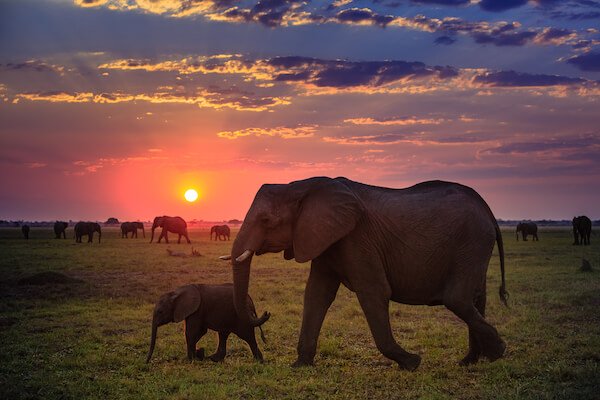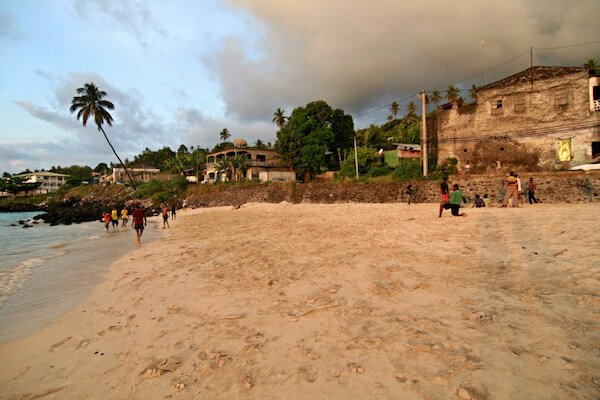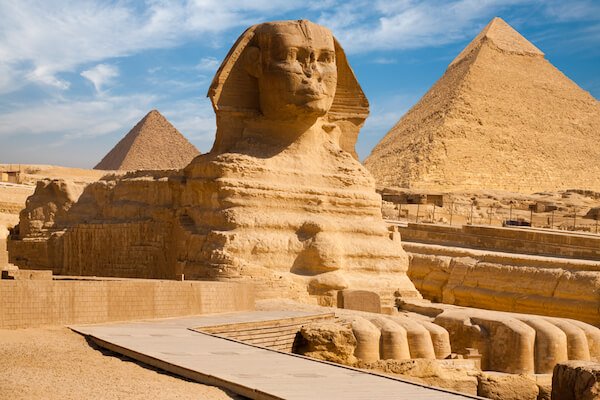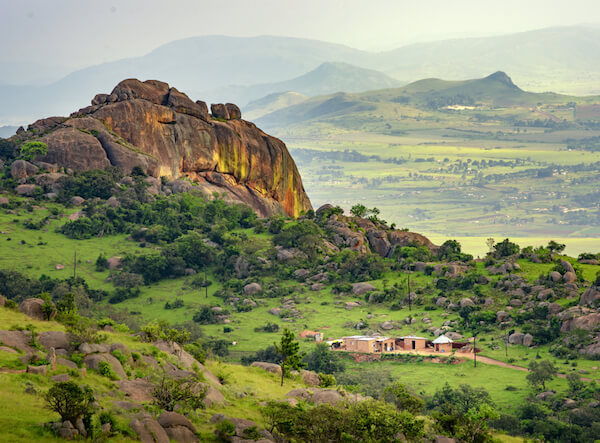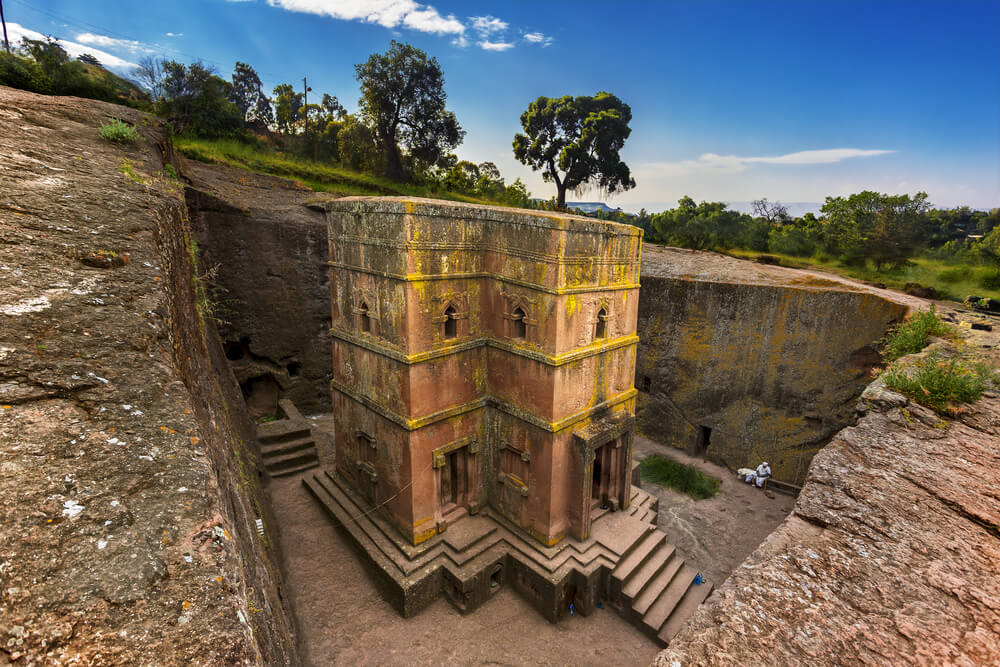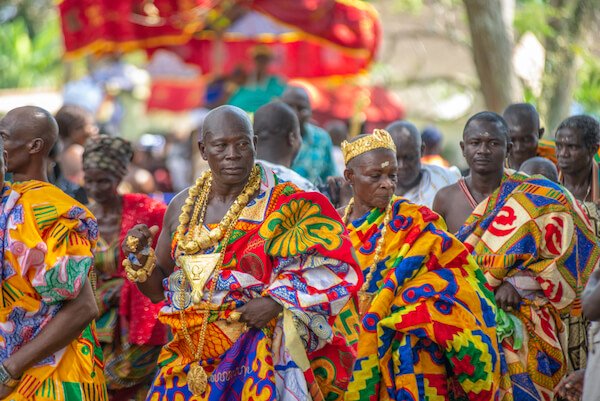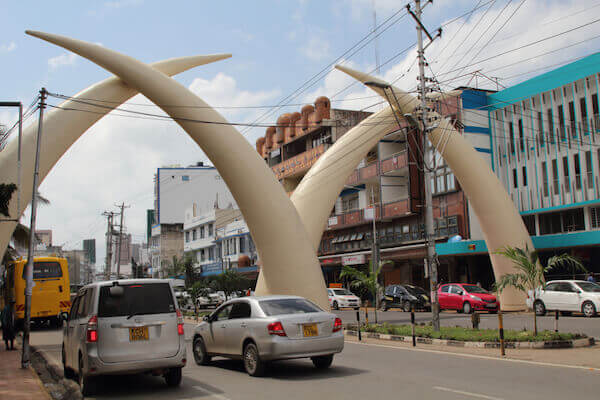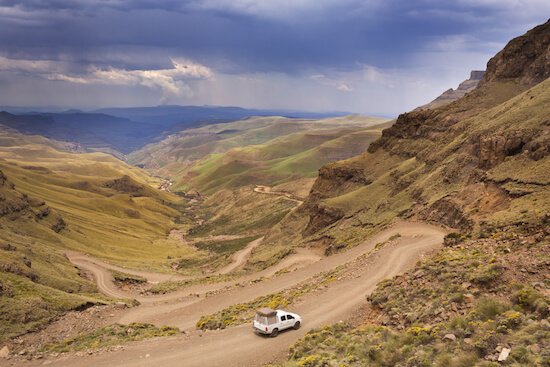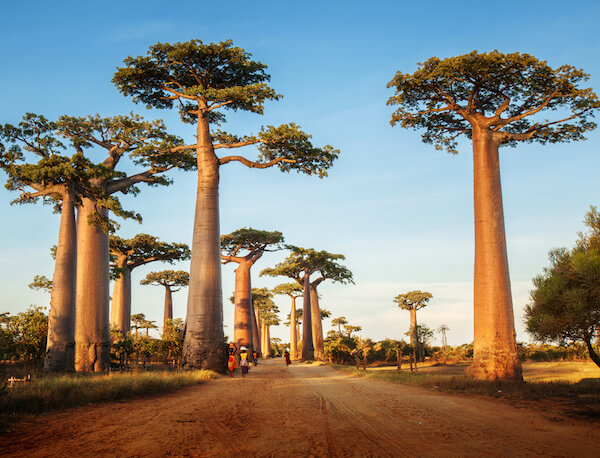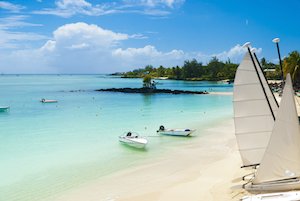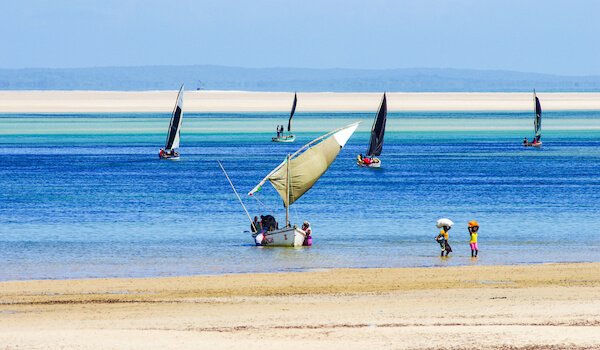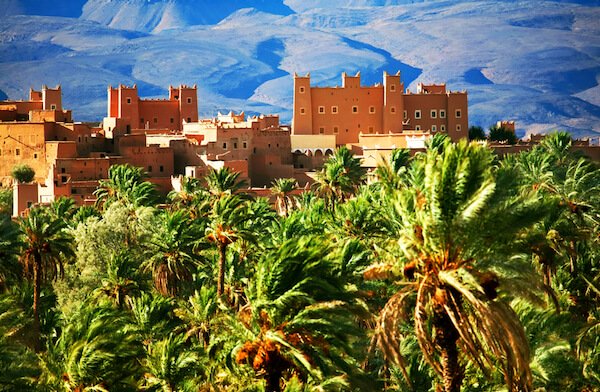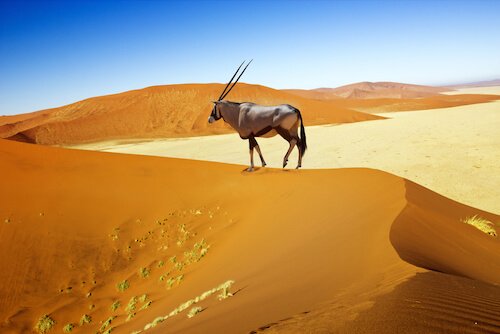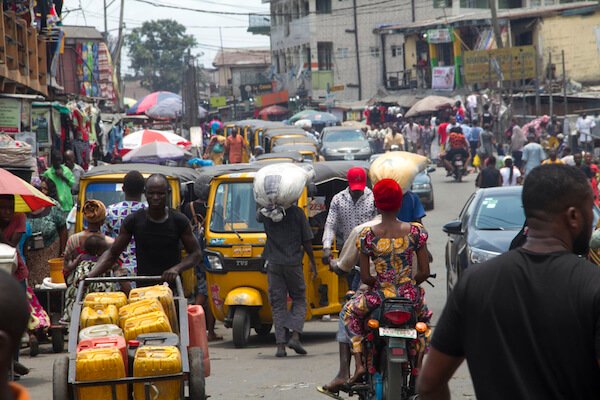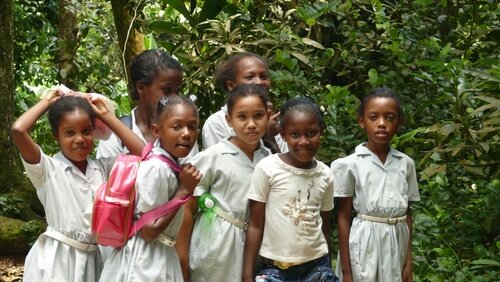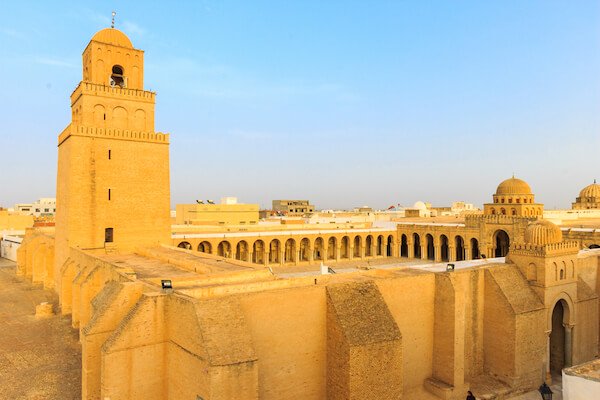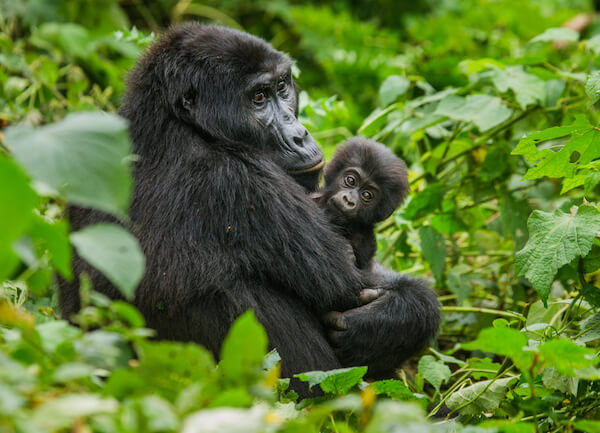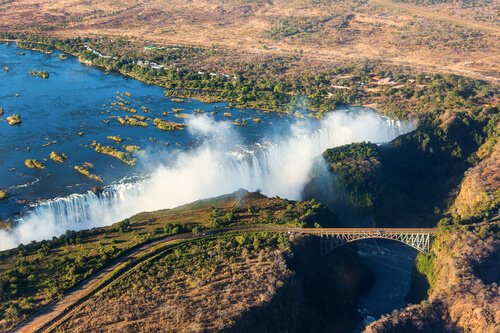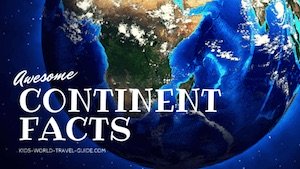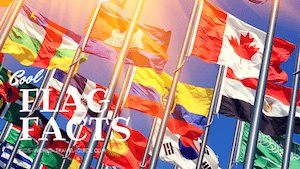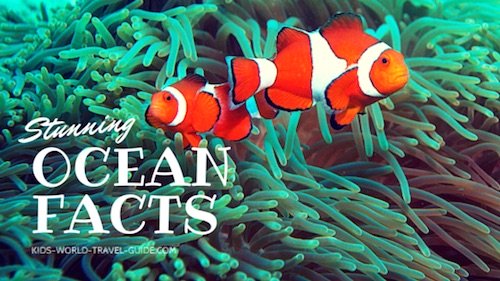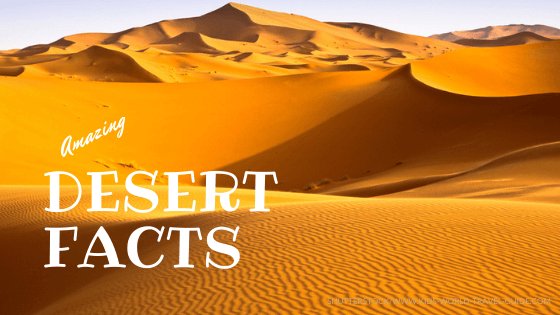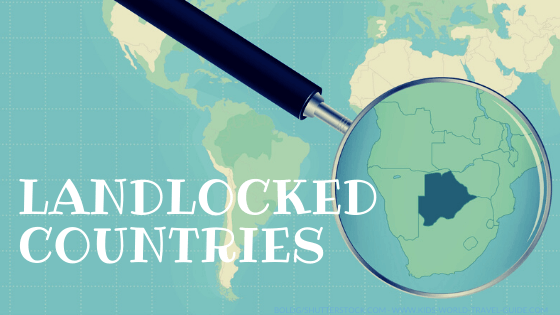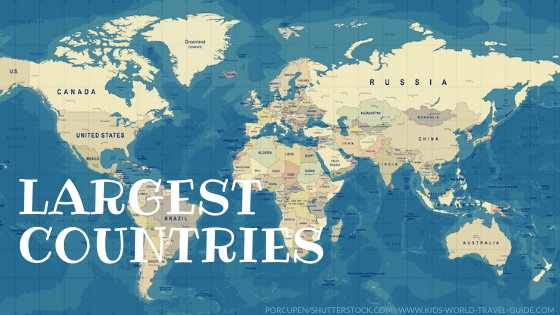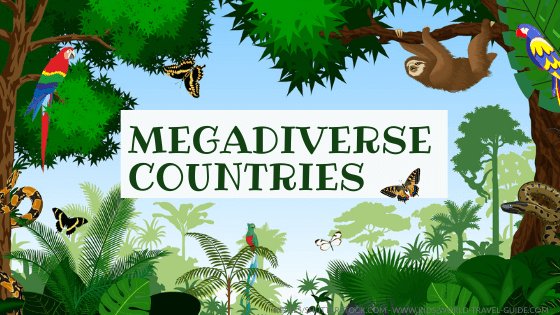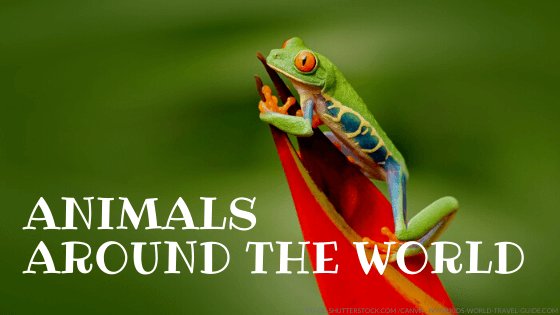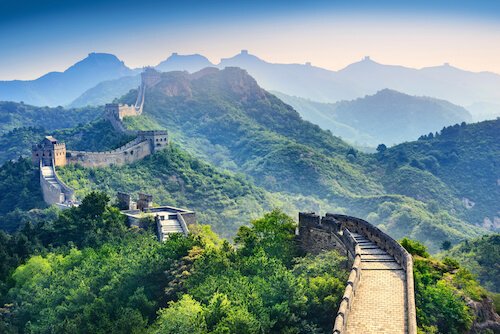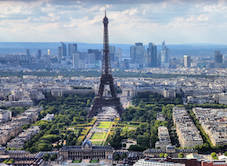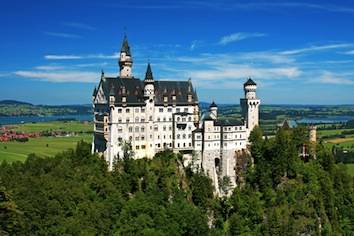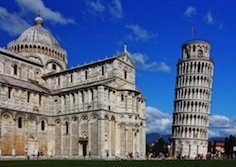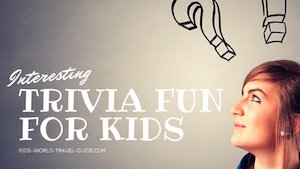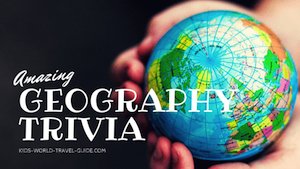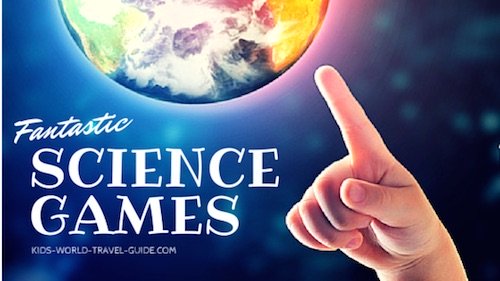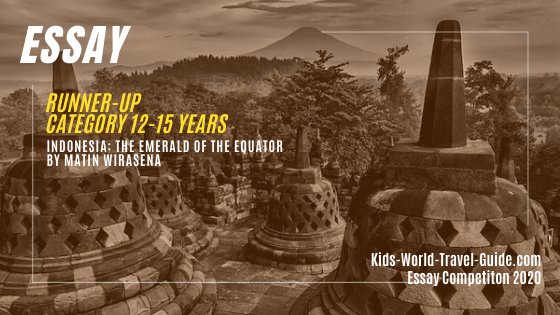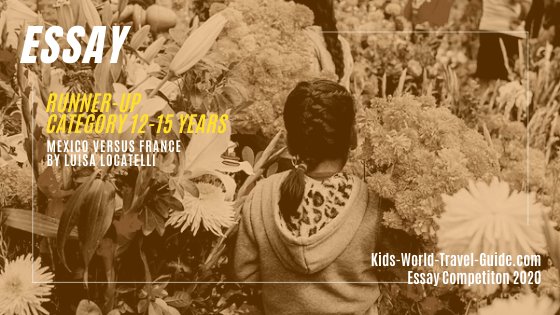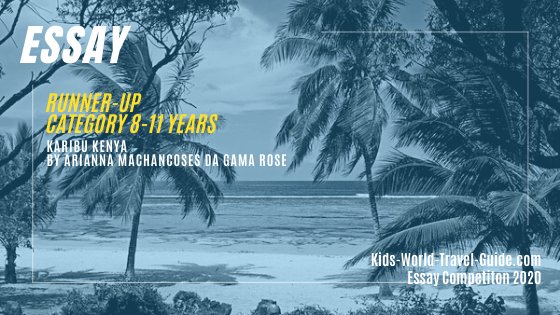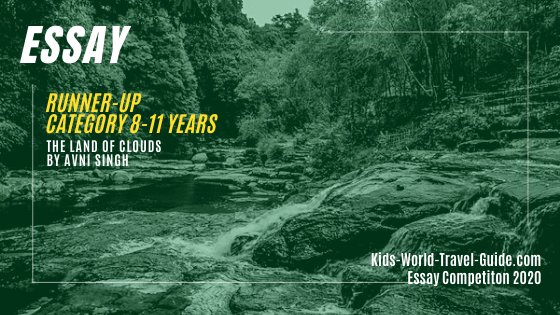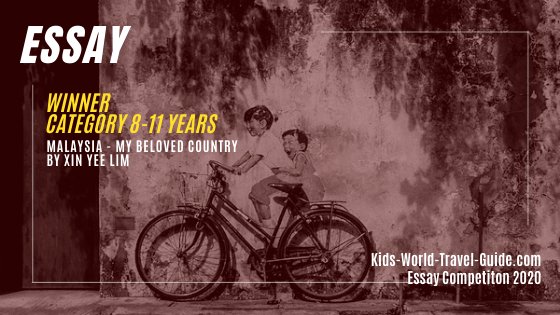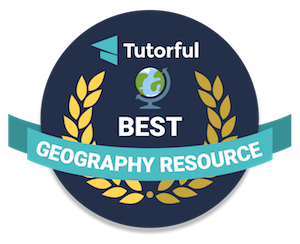Mozambique Facts
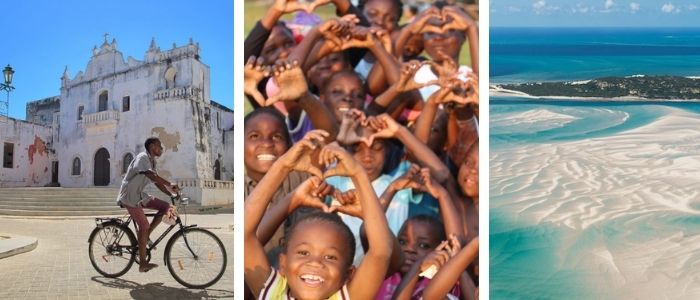
Here are some interesting Mozambique facts which were chosen and researched by kids especially for kids.
Mozambique Facts for Kids
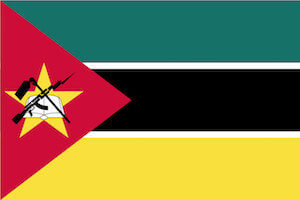
- Population: 31 million people (2021)
- Capital: Maputo with 1.2 million inhabitants
- Name: Republic of Mozambique
- Government: Presidential Republic
- Official Language: Portuguese
- Religion: predominantly Christian 60%, Muslim 20%
- Literacy Rate: 60% of the Mozambican population over 15 years can read and write
- Currency: 1 metical = 100 centavos
- History: The region is known to be inhabited from the 4th century BC. In the 9th century AD the first coastal settlements were established and the Swahili culture predominated at this time. Then the Arabs also stopped here on their Indian Ocean trade routes. Vasco da Gama reached Mozambique in 1498 and the port towns helped to grow busy Indian Ocean trade centres for the Portuguese. Mozambique gained independence from Portugal in 1975.
- National Day: 25 June (Independence Day)
- National Anthem: Pátria Amada ("Beloved homeland")
- National Flag: features a firearm
- National Colours: green, black, yellow, white and red
Facts about Mozambique
Mozambique Map
On the map you can see the neighbouring countries and the southern location of the country's capital city Maputo.
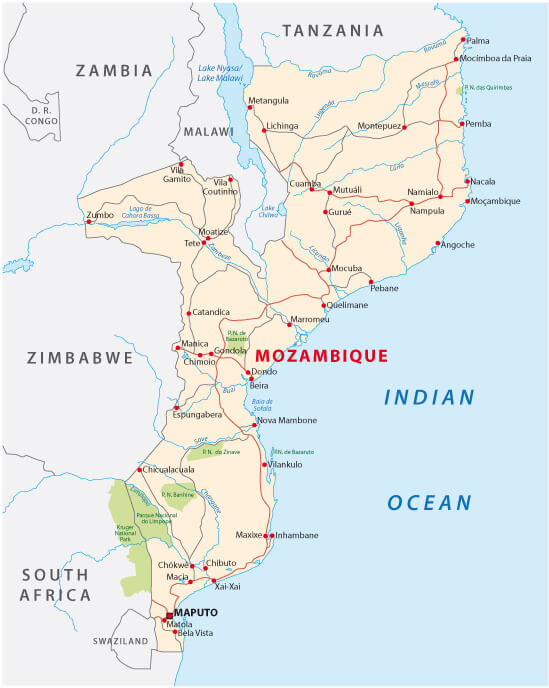 Map of Mozambique and neighbouring countries
Map of Mozambique and neighbouring countriesThe country is located on the Southeastern African continent and borders the Mozambique Channel of the Indian Ocean. The country is located between South Africa in the South and Tanzania in the North.
Mozambique borders six countries:
- Tanzania
- Zambia
- Zimbabwe
- Malawi
- Eswatini (formerly called Swaziland)
- South Africa
is an 11 hours flight from Dubai and 14 hours flight from London/UK, 16 hours flight from New York/USA.
Mozambique Geography
The capital city of Mozambique is Maputo since 1898. Before independence, this the city was known as Lourenço Marques after the Portuguese explorer who set food in the area in 1544. Today Maputo is the largest city and main business centre of the country.
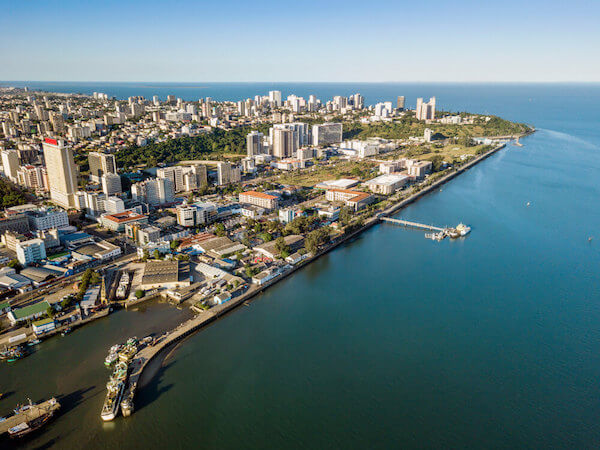 Maputo by air
Maputo by airMozambique is roughly twice as big as the state of California/ USA. Mozambique is more than twice the size of Germany or more than three times the size of the UK and slightly smaller than Pakistan.
The country has two main geographic regions which are separated by the Zambezi River. In the North, there is only a small coastal strip and there are lower highlands that far inland lead to higher rugged mountain ranges.
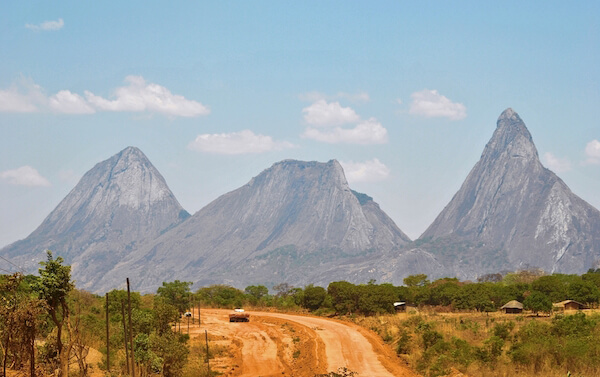 Northern Mozambique
Northern MozambiqueIn the South you will find a broader coastal area and rolling hills. Only in the far Southwest the plateau is framed by the Lebombo mountains which are shared with Eswatini and South Africa.
Mozambique has a tropical climate with two seasons.
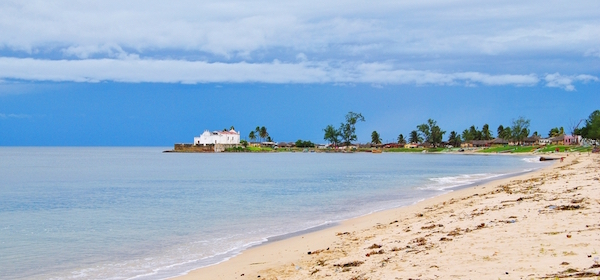 Mozambique Island
Mozambique IslandThe name 'Mozambique' comes from the name of an Arab trader Mussa-Al-Bik who settled on an offshore island in the 15th century. At that time the capital city was located on this island until 1898 when it was moved to Maputo which is on the mainland.
Mozambique Geo Superlatives
Some more Mozambique geography facts:
- Mozambique's highest mountain is Monte Binga, with 2,436 m or 7,992 ft.
- Mozambique's longest river is the Zambezi River.
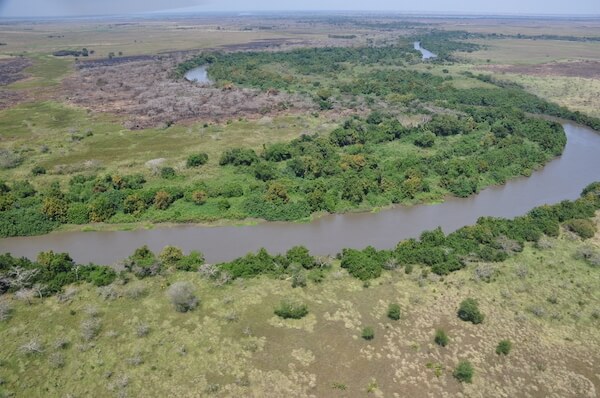 Zambezi River
Zambezi River- Mozambique's largest lake is Lake Niassa and this lake is shared with Malawi and Tanzania. The lake is also referred to as Lake Malawi.
- The largest dam in Mozambique is the Cahora Bassa Dam which is on the Zambezi River and is one of the largest dams in Africa.
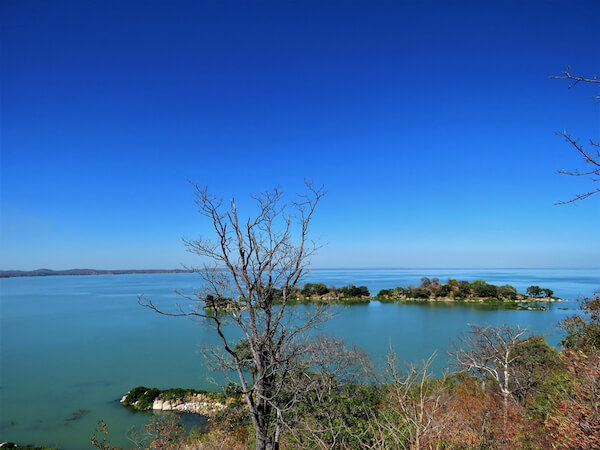 Cahora Bassa Dam
Cahora Bassa Dam- The most fertile region is the northern central region along the Zambezi River.
- The longest border is shared with Malawi.
- The island of Mozambique is the only UNESCO world heritage site so far. The island is the location of the first settlement and fort of São Sebastião. The town once was the main trading post on route to India.
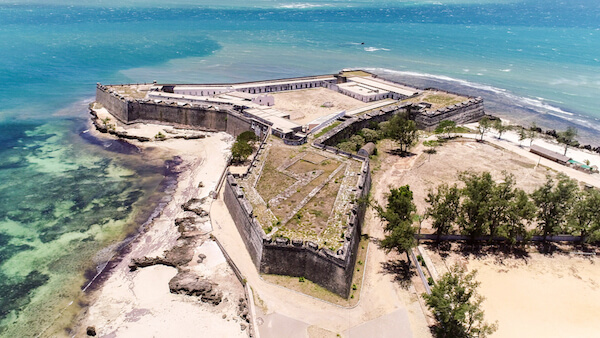 Fort Sao Sebastiao
Fort Sao SebastiaoMozambique Facts:
Attractions and Landmarks in Mozambique
- Maputo: Among the main landmarks are the city hall and the Samora Machel Statue at Independent Square as well as Maputo Cathedral and the unique Iron House or casa do ferro that is made completely out of iron.
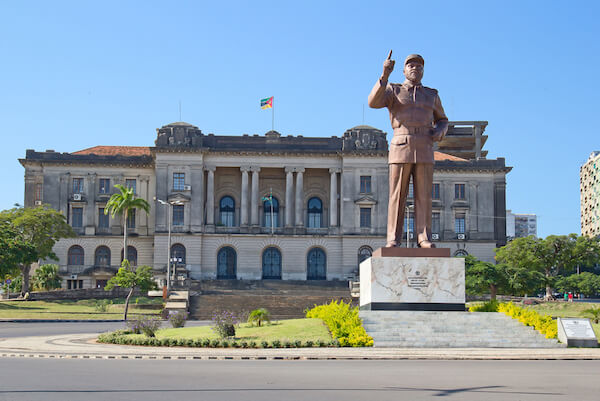 Samora Machel statue in Maputo
Samora Machel statue in Maputo- Vilankulos: The town is the main gateway to the Bazaruto archipelago which is known for its splendid white sand beaches. The Bazaruto Archipelago includes five islands and a national park since 1971. There you will find pristine beaches, fantastic snorkelling and bird watching opportunities.
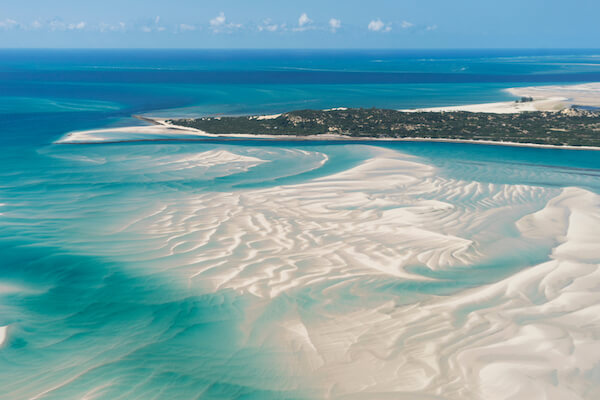 Vilankulos beach
Vilankulos beach- Ponta de Ouro is a popular beach holiday destination with many South Africans due to the vicinity and location across the border. The beaches are golden and usually deserted and there are plenty of family resorts. And in nearby Ponta Mamoli one can visit loggerhead and leatherback turtle nesting sites.
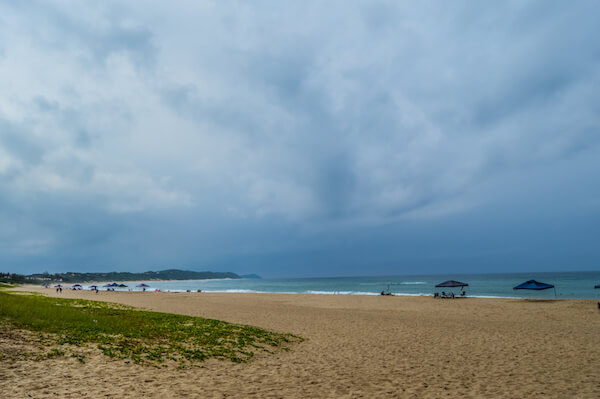 Ponta Do Ouro golden beach
Ponta Do Ouro golden beach- Beira: The city was established in 1890 by Portuguese traders and is known since then as an important sea port in Eastern Africa. The famous Macuti lighthouse was built in 1904. The city is situated at two major rivers.
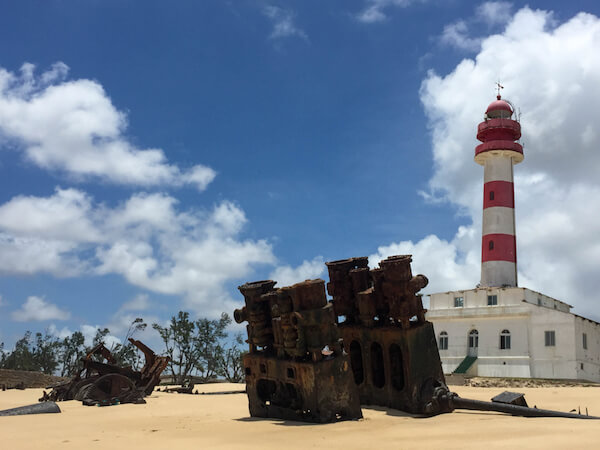
- Zambezi Valley: The Zambezi river delta is located only 200 km north of the capital city. The Zambezi Valley is part of the Rift Valley and known for wildlife adventure safaris.
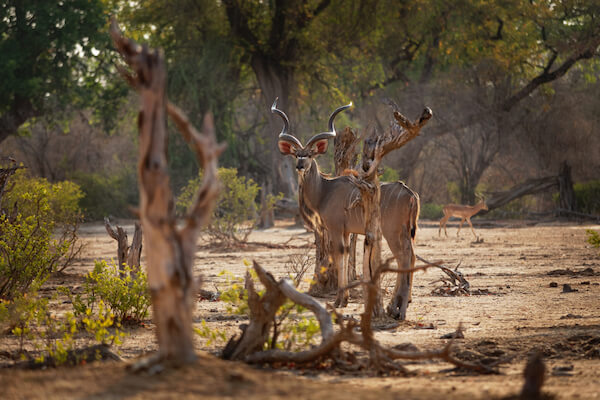 Kudus in the Zambezi River Valley
Kudus in the Zambezi River Valley- Gorongosa National Park: Gorongosa National Park is located at the southern end of the Great African Rift Valley. The park was badly hit during the Mozambican civil war when most animals were poached. Only about 200 elephants survived then, but rehabilitation efforts now bear fruit. The number of elephant herds constantly grow as elephants now are tracked and also other wildlife is protected by rangers.
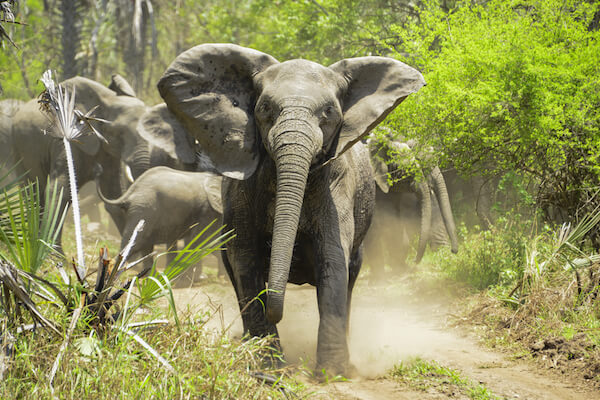 Gorongosa elephants
Gorongosa elephantsMozambique Economy - Mozambique Facts
Mozambique is one of the poorest and underdeveloped countries in Africa. The country is often hit by disastrous droughts and cyclones which bring flooding to coastal areas. The country is sparsely populated and most people either live in the coastal regions or in the fertile Zambezi river valley in the north of the country.
The economy in Mozambique is mainly driven by agriculture and fisheries. More than 80% of the Mozambicans work in agriculture.
Among the main exports are prawns, cotton, sugar and citrus fruits. Mozambique is also one of Africa's largest producers of cashew nuts.
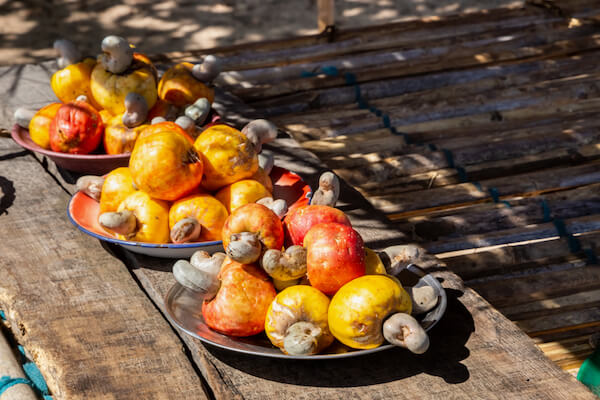 Cashew nuts grow in a shell that is attached to a cashew 'apple'
Cashew nuts grow in a shell that is attached to a cashew 'apple'Mining plays an important role in Mozambique. The main resources are gold and tantalum, a metal which is used in electronics. Rock salt is mined as well as is marble.
The discovery of huge natural gas and oil fields off the northern coast of the country led to the establishment of new industries in the region. However, civil unrest is still creating challenges especially in the country's northern region.
The biggest trading partners of Mozambique are South Africa, India, Netherlands, China, UAE and Portugal.
The main sea ports are located Beira and Maputo as well as Nacala.
Mozambique People
Most Mozambicans live along the coast from Maputo to Inhambane and along the Zambezi river as well as around Beira.
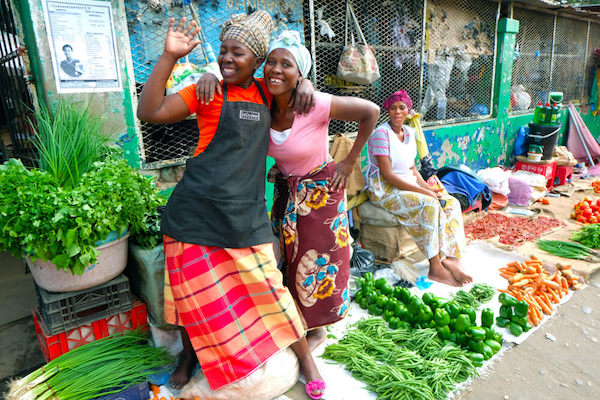 Cheerful vendors at Mozambican market stall
Cheerful vendors at Mozambican market stallOnly about a third of all Mozambicans live in urban areas, such as the capital city or in larger towns. The largest cities are Maputo, Beira and Nampula. Most people live in rural areas.
The northwestern parts of the country are only sparsely populated. In rural areas many people live in traditional huts.
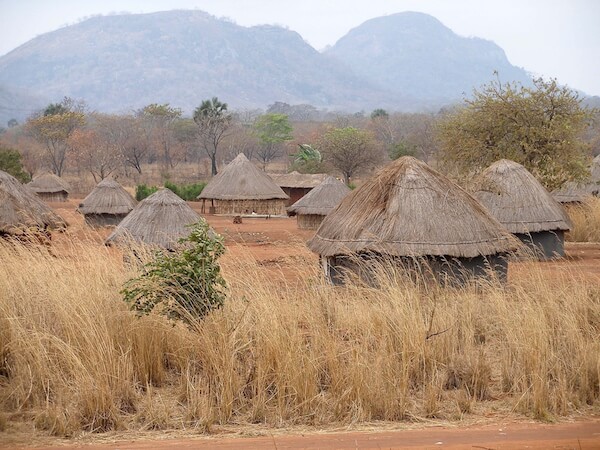 Typical huts in rural Mozambique
Typical huts in rural MozambiqueAs a country ruled by Portugal for a long time, the Portuguese language and Catholicism are still upheld in many parts of the country. Portuguese cultural influences in the Mozambican culture can still be experienced but mostly people practise native cultures.
Mozambique is among the top ten countries with the highest birth rates in the world. More than 45% of all Mozambicans are children and under 15 years old.
About 2.1 million Mozambicans live with HIV/AIDS and Mozambique is among the three countries that have the highest HIV/AIDS rates among their populations. Mozambique ranks after South Africa and India.
Languages in Mozambique
Mozambique Facts
Portuguese is the most spoken and main working language in Mozambique. More than 80 languages are spoken in Mozambique! Swahili is spoken in the northwestern parts of the country bordering Tanzania and Shona is the main regional language along the border to Zimbabwe. Tsonga is spoken in the southern regions.
Portuguese is taught as first language in all schools. Here are some expressions that are used in Mozambique:
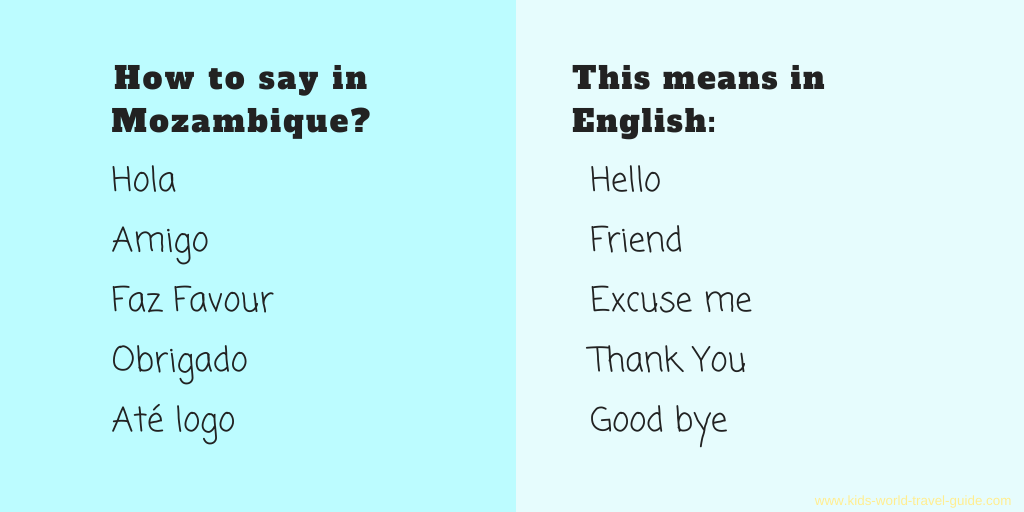
Mozambique Facts
Food in Mozambique
Cassava, cashew nuts, chilli, peppers, corn and fruits such as bananas or avocados are the main agricultural products in the Mozambique.
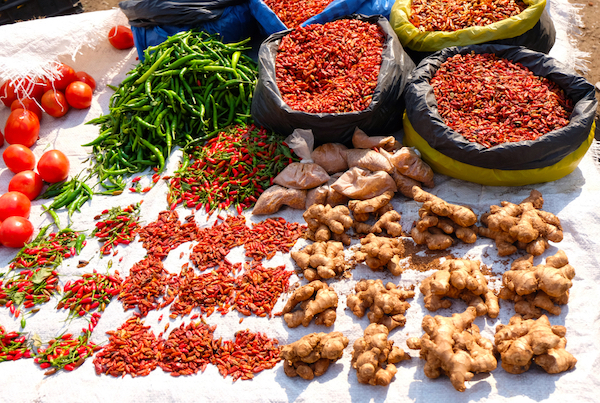 Chilli and Ginger at Maputo market
Chilli and Ginger at Maputo marketCorn, cassava, cashews and coconut are most common in dishes as are chicken, goat and seafood. Mozambican main dishes contain vegetables and spicy grilled foods.
Here are some typical Mozambican food and dishes:
- Piri piri: The red spicy pepper sauce or spice is used for many dishes. Piri means 'pepper' in the Swahili language. The sauce also contains lime, garlic, onion.
- Galinha Asada: this is roast chicken, most often basted in the hot piri-piri sauce
- Paõ: from the word paõzinho are bread rolls baked in wood-fired ovens and are used for 'prego rolls', which are similar to 'burgers'.
- Xima: corn porride eaten with many dishes - pronounce it 'shima'
- Matapa: also referred to as 'mucuane': sautéed cassava leaves mixed with ground nuts or cashews as a thick sauce, that is eaten with rice or xima.
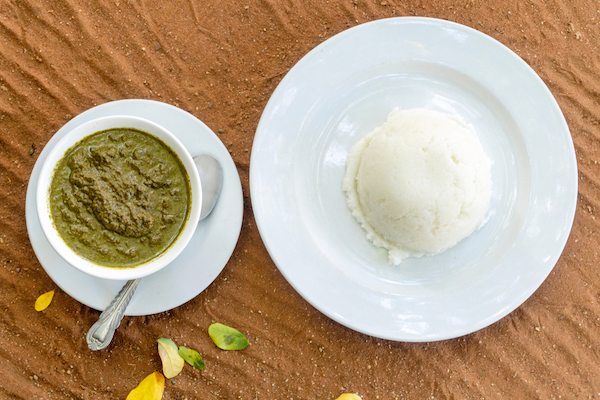 Matapa and Xima
Matapa and XimaMozambique Facts
Animals in Mozambique
Mozambique is home to many rare and endangered animals and plants. The mountain nyala and the Simien jackal are unique to Mozambique. The country is also known for its communities of black and white colobus monkeys and the gelada baboons.
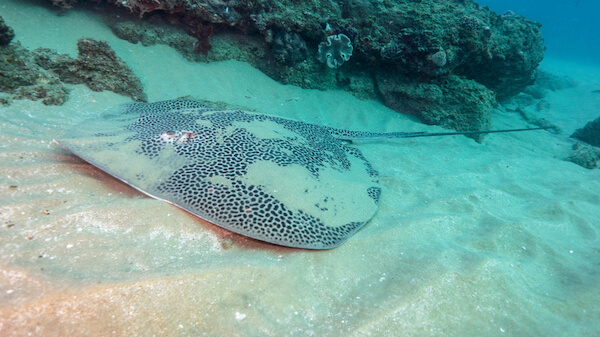 Stingray
StingrayIn the lowlands many antelope species, wild pigs and monkeys roam freely. In Mozambique there are 12 national parks and national reserves where animals are protected.
Mozambique Facts: Did you know…?
Mozambique is often hit by cyclones during the rainy season. The last time it has been hit badly was by cyclone Idai in March 2019.
The heavy rains and winds have destroyed a vast region around Beira. An inland 'ocean' was created by the storm and the subsequent flooding covered an area as big as the European country of Luxembourg!
Mozambique Facts: Resources
Source for Mozambique Facts page:
- Visit Mozambique. "A Taste of Mozambique's Traditional Cuisine." VisitMozambique. Last accessed 29 October 2021.
- Central Intelligence Agency. "Mozambique." WorldFactbook. Last updated 26 October 2021. Last accessed 29 October 2021
- UNESCO. "Island of Mozambique." whc.unesco.org. Last accessed 29 October 2021
- UN. "Breaking educational language barriers." UNESCO. Last accessed 29 October 2021
- Mozambique Islands. "Useful words and phrases." MozambiqueIslands. Last accessed 29 October 2021
Image Credits on Mozambique Facts: shutterstock and wikicommons, if not otherwise stated.
We hope you enjoyed reading our Mozambique Facts. Please bookmark this page and spread the word. We will add more information in the near future as we still have to sort through our images and stories from our recent travels.
Popular Pages
Go from Mozambique Facts to Africa Continent Facts
Back from Mozambique Facts to Kids-World-Travel-Guide
Competition 2023 closed
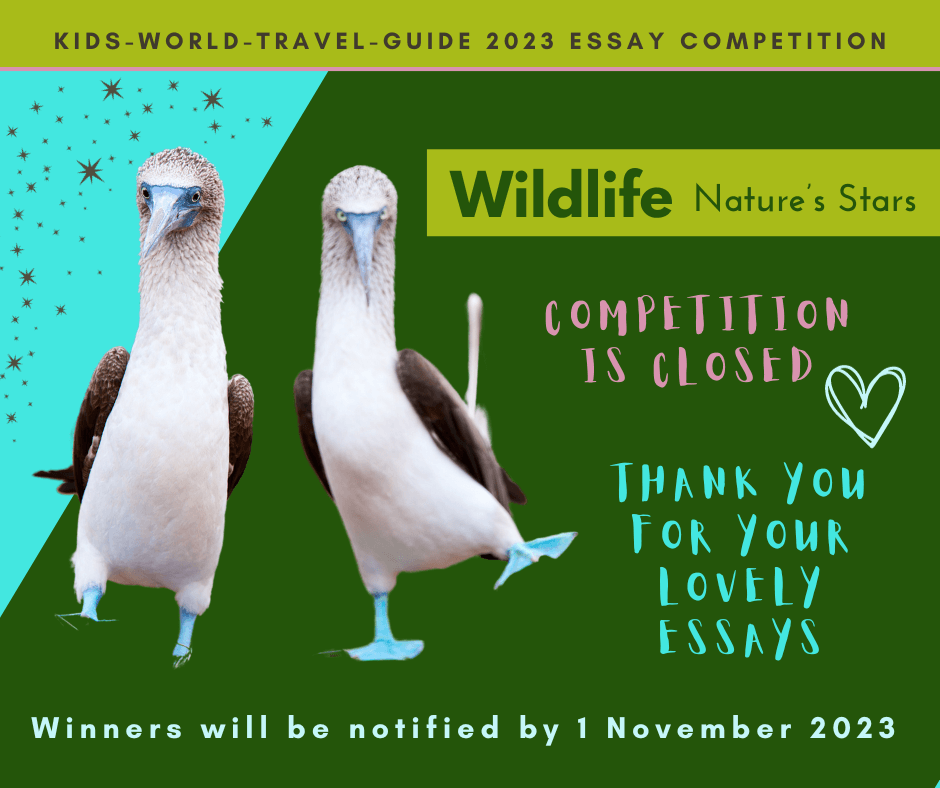
Watch this space
Competition 2024 will be announced in February
More Countries in Africa
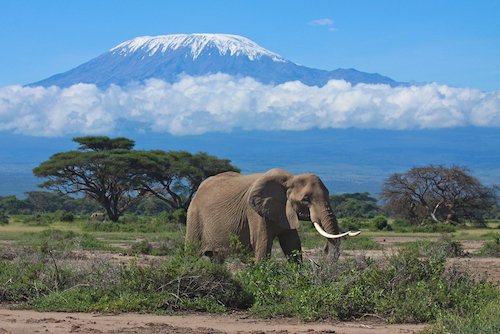 Tanzania
TanzaniaNews for Kids
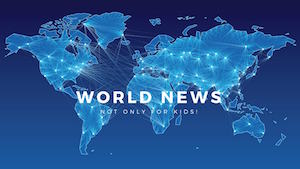
Like what you read?

|
Simply share the html code below. Copy and paste onto your website, blog or Facebook page: <a href="https://www.kids-world-travel-guide.com/mozambique-facts.html">Kids World Travel Guide: Mozambique Facts for Kids</a> |
Like us on Facebook
Competition Winners 2023
